Birds have captivated human imagination since time immemorial, soaring through the skies as living bridges between earth and heaven. Across diverse cultures spanning continents and millennia, these feathered creatures have been interpreted as messengers, harbingers, and embodiments of supernatural forces. From the prophetic ravens of Norse mythology to the soul-carrying sparrows of Japanese folklore, birds occupy a unique position in humanity’s spiritual and symbolic landscape. Their ability to fly—an act impossible for humans without technology—along with their distinctive calls, migratory patterns, and sometimes unexpected appearances, has cemented their status as creatures between worlds, uniquely positioned to carry omens, warnings, and divine messages. This article explores the fascinating global tapestry of avian omens, examining why certain birds have become powerful symbols across different societies and what their appearances continue to signify in both ancient traditions and contemporary beliefs.
Ravens and Crows: Messengers of Death and Magic
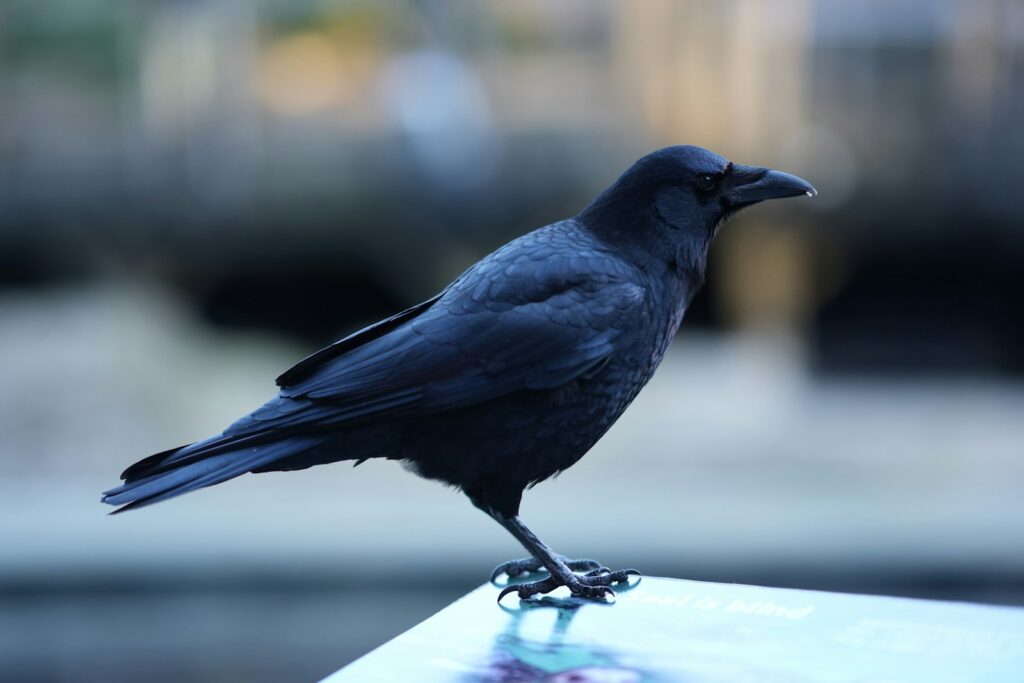
Perhaps no birds are more universally associated with omens than the corvids—ravens and crows in particular. In Norse mythology, Odin’s ravens Huginn and Muninn (representing thought and memory) flew throughout the world each day, returning to whisper information in the god’s ear. Throughout Northern Europe, these intelligent black birds became associated with battlefields, where they would feed on the fallen, creating a natural connection to death that evolved into a belief that they could foretell it. Native American tribes like the Haida considered ravens both tricksters and creators, capable of transforming the world through their actions. The common thread across these diverse cultures is the attribution of exceptional intelligence and supernatural awareness to these birds, whose problem-solving abilities and seeming curiosity about human affairs made them natural candidates for messengers between worlds.
Owls: Wisdom or Doom?

Owls present one of the most fascinating dichotomies in avian symbolism across cultures. In Western traditions influenced by Greek mythology, owls—particularly those associated with Athena—symbolize wisdom, knowledge, and perspicacity. The bird’s ability to see in the darkness metaphorically represented enlightenment and insight beyond ordinary perception. However, this positive interpretation stands in stark contrast to many other cultural traditions, where owls are feared as harbingers of death and misfortune. In parts of India, the Middle East, and many Indigenous American cultures, an owl’s call near one’s home signifies impending death or disaster. In Ancient Rome, despite the Greek influence, owls were still nailed to doors to ward off evil, showing the complex and contradictory nature of this nocturnal bird’s symbolism. The owl’s unusual characteristics—silent flight, nocturnal habits, and penetrating stare—have made it a natural canvas for human projection of supernatural qualities.
Albatrosses: Sailors’ Superstitions

Maritime cultures have long regarded albatrosses as creatures of powerful omen, embodying the unpredictable and awesome power of the sea itself. Sailors traditionally believed that albatrosses carried the souls of deceased mariners, making it deeply taboo to kill these massive seabirds. This superstition gained literary immortality in Samuel Taylor Coleridge’s “The Rime of the Ancient Mariner,” where the killing of an albatross brings catastrophic misfortune upon a ship’s crew. The practical basis for this belief stems from the albatross’s incredible ability to soar for days without rest over the open ocean, appearing seemingly from nowhere to follow ships across vast distances. Their unexpected appearances during storms or calm seas would naturally seem portentous to sailors desperate for signs of land or fair weather. Even in modern times, many sailors maintain a respectful superstition regarding these birds, considering their presence a good omen and their departure a potential warning.
Magpies: Counters of Fortune
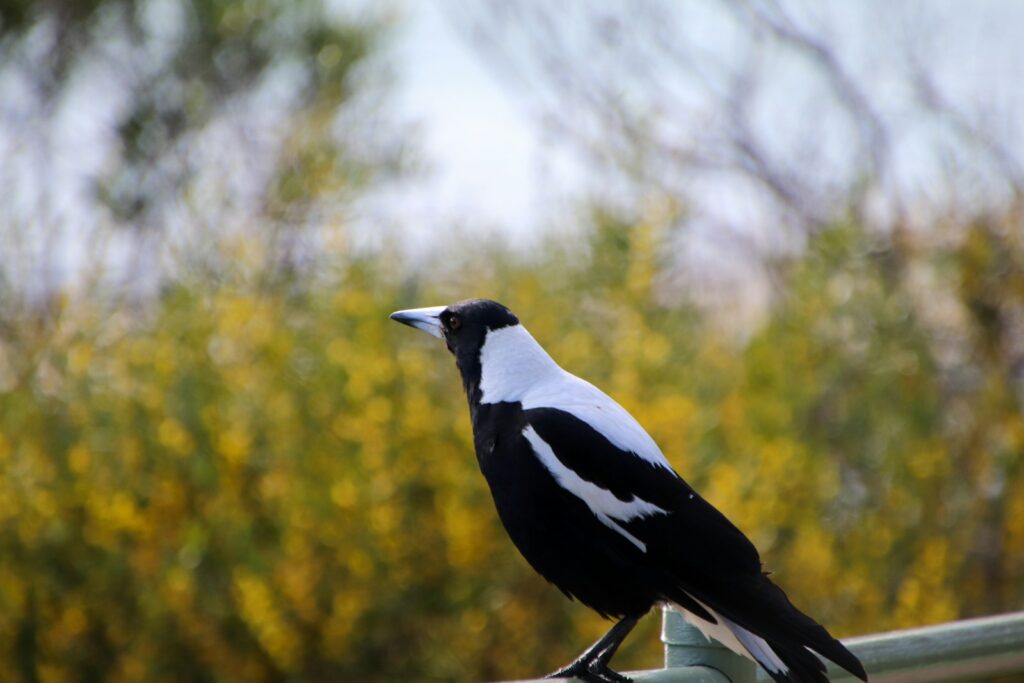
Few birds are surrounded by as many counting rhymes and superstitions as the magpie, particularly in British folklore. The most famous rhyme—”One for sorrow, two for joy”—continues with different numbers predicting everything from marriages to journeys to secrets. The superstition is so ingrained that people still instinctively salute a lone magpie or look for its mate to avoid the foretold sorrow. In Korean culture, magpies represent good fortune and happy news, with their chattering believed to herald the arrival of guests or good tidings. Chinese tradition similarly views magpies positively, considering them birds of joy and good fortune, particularly when they appear in pairs. These divergent interpretations demonstrate how the same bird can develop entirely different symbolic meanings across cultures, though all recognize the magpie’s distinctive appearance and behavior as somehow meaningful and worthy of human attention and interpretation.
Eagles: Divine Power and National Identity
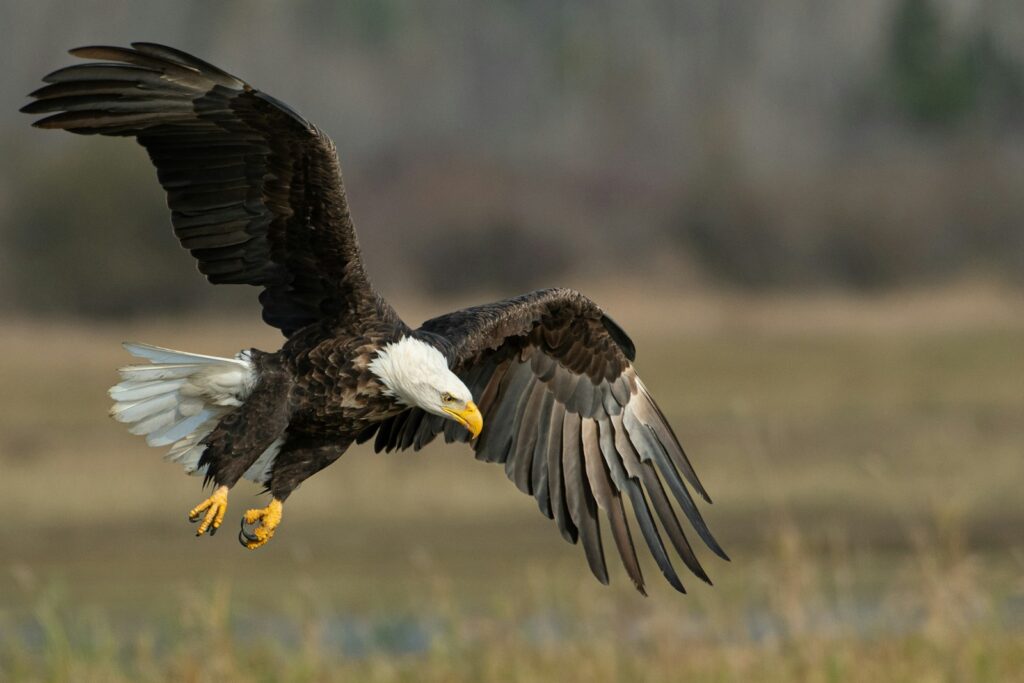
Throughout history, eagles have symbolized divine power, imperial might, and transcendent vision across numerous cultures. Ancient Romans carried eagle standards into battle, believing these birds represented Jupiter and victory. For many Native American tribes, eagles serve as messengers to the Creator, their feathers are sacred items used in important ceremonies and believed to carry prayers skyward. In Mexican tradition, the eagle perched on a cactus devouring a serpent—now depicted on the national flag—represented a divine sign for the Aztecs to build their capital. The eagle’s physical characteristics—keen eyesight, powerful flight, impressive hunting prowess—naturally lend themselves to associations with divine attributes and superior power. As apex predators visible high in the sky, eagles occupy a unique ecological position that humans have interpreted as spiritually significant, representing the connection between earthly and celestial realms that makes them perfect embodiments of divine omens.
Doves and Pigeons: Peace Messengers

White doves stand among the few birds almost universally regarded as positive omens across cultural traditions. In Biblical narrative, a dove returned to Noah’s ark with an olive branch, signaling the end of the flood and God’s renewed peace with humanity—a symbol that resonates throughout Western culture to this day. Ancient Mesopotamians associated doves with Ishtar, the goddess of love and fertility, while Greeks connected them to Aphrodite with similar attributes. In Chinese symbolism, doves represent longevity and fidelity, often appearing in wedding imagery. The dove’s gentle nature, monogamous pairing, and soft cooing have contributed to its peaceful associations, while its white coloration symbolizes purity in many traditions. Even in contemporary secular contexts, white dove releases at ceremonies maintain this ancient symbolism of peace, hope, and new beginnings, demonstrating the remarkable persistence of avian omens in modern consciousness.
Roosters: Heralds of Dawn and Judgment
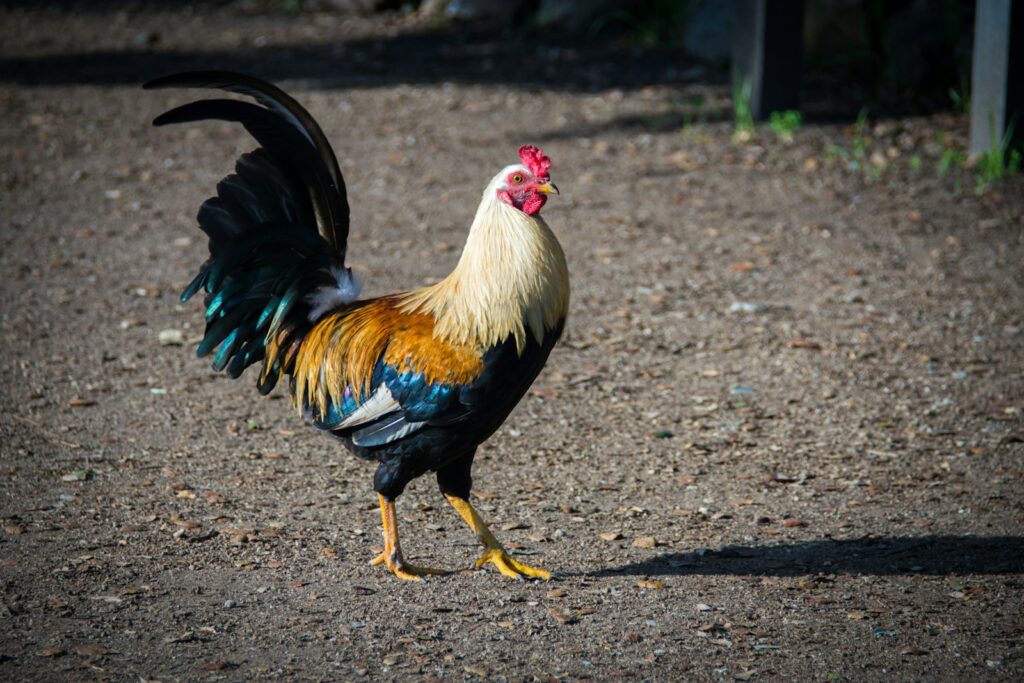
The rooster’s morning call has made it a potent symbol of vigilance, awakening, and new beginnings across widely divergent cultures. In Christian tradition, the rooster became associated with Peter’s denial of Christ and subsequent repentance, transforming into a symbol of spiritual awakening and the call to faith—thus appearing as weathervanes on many church steeples. Chinese zodiac traditions celebrate the rooster as embodying fidelity and punctuality, while also considering it a ward against evil spirits who flee at daybreak with the rooster’s announcement. In Japanese Shinto tradition, the rooster’s morning call was believed to entice the sun goddess Amaterasu from her cave, bringing light back to the world. The practical importance of roosters in agricultural societies—marking time and literally awakening communities—elevated this bird to symbolic significance, representing the triumph of light over darkness and the cyclical nature of time that suggests divine order.
Vultures: Purifiers and Psychopomps
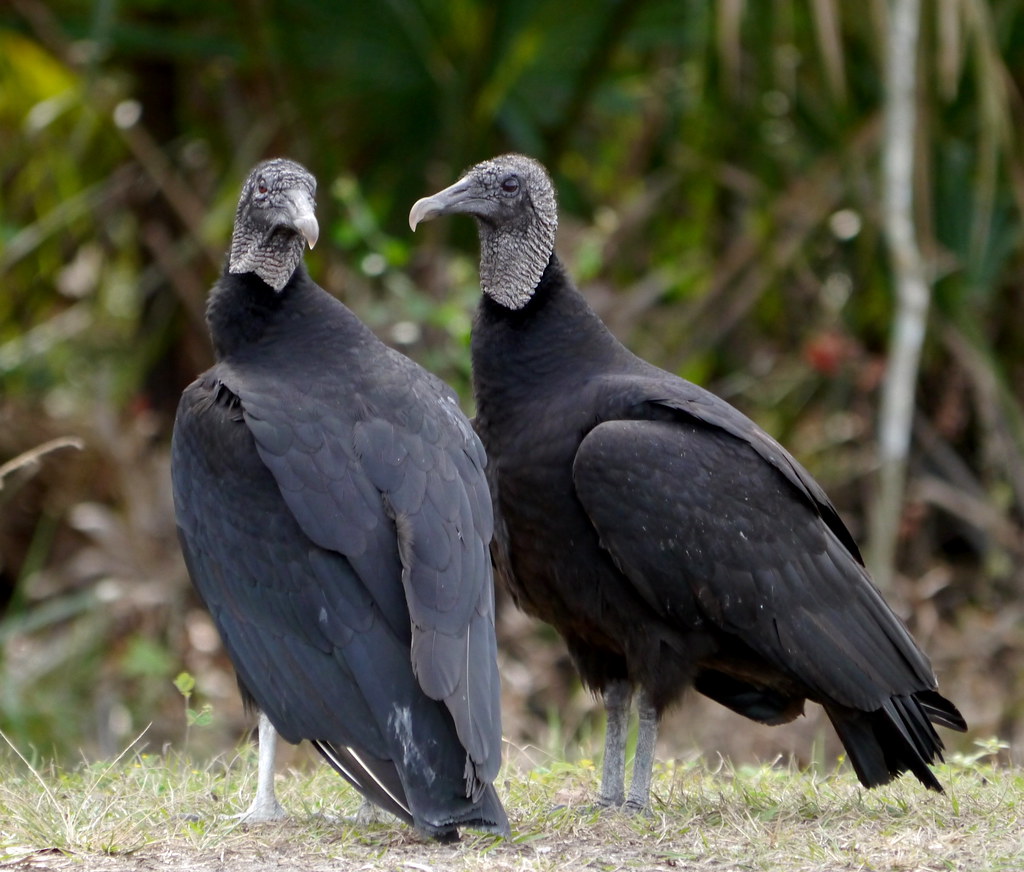
Despite their negative connotations in contemporary Western culture, vultures have been revered in many ancient traditions as sacred purifiers and guides for the dead. In Egyptian mythology, the vulture goddess Nekhbet served as the protector of pharaohs and symbolized maternal care despite the bird’s scavenging nature. Zoroastrian traditions practiced “sky burials,” deliberately exposing the dead to vultures who were seen not as desecrators but as purifiers who helped release the soul from its physical form. Some Buddhist communities in Tibet and elsewhere continue this practice today, considering vultures “dakini”—sacred sky-dancers who carry the soul upward. The vulture’s ecological role as a cleaner that prevents disease by consuming carrion gave it profound symbolic significance in cultures that observed this function. Rather than being viewed as harbingers of death, these birds were often seen as necessary transformative agents that helped maintain the boundary between the worlds of the living and the dead.
Swallows: Home and Hope
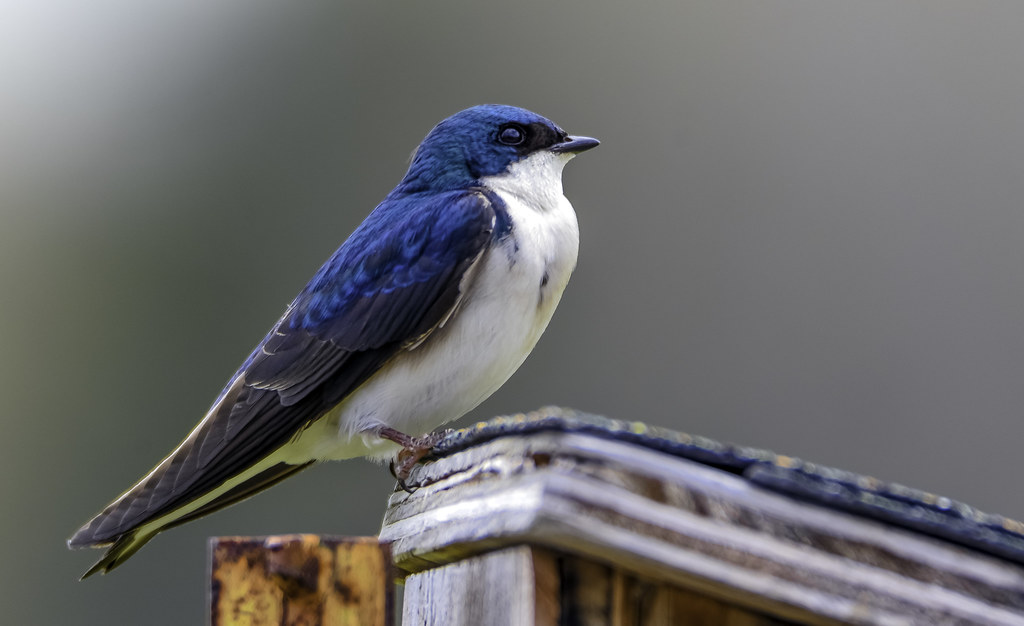
Migratory swallows have inspired seasonal omens across the Northern Hemisphere, their reliable return each spring symbolizing renewal, faithfulness, and good fortune. Sailors tattooed swallow images on themselves, believing these birds would carry their souls home if they perished at sea. European folklore held that a swallow nesting on one’s house brought luck and protection from fire and storms, while harming these nests would bring misfortune. In Chinese tradition, swallows represent happiness and the arrival of spring, appearing in art and poetry as symbols of hope and prosperity. The predictable migratory patterns of swallows—returning to the same nesting sites year after year—created natural associations with loyalty, homecoming, and the cyclical renewal of life after winter. Their graceful flight and beneficial role in consuming insects also contributed to generally positive interpretations across cultures that observed these distinctive birds.
Hawks and Falcons: Divine Messengers
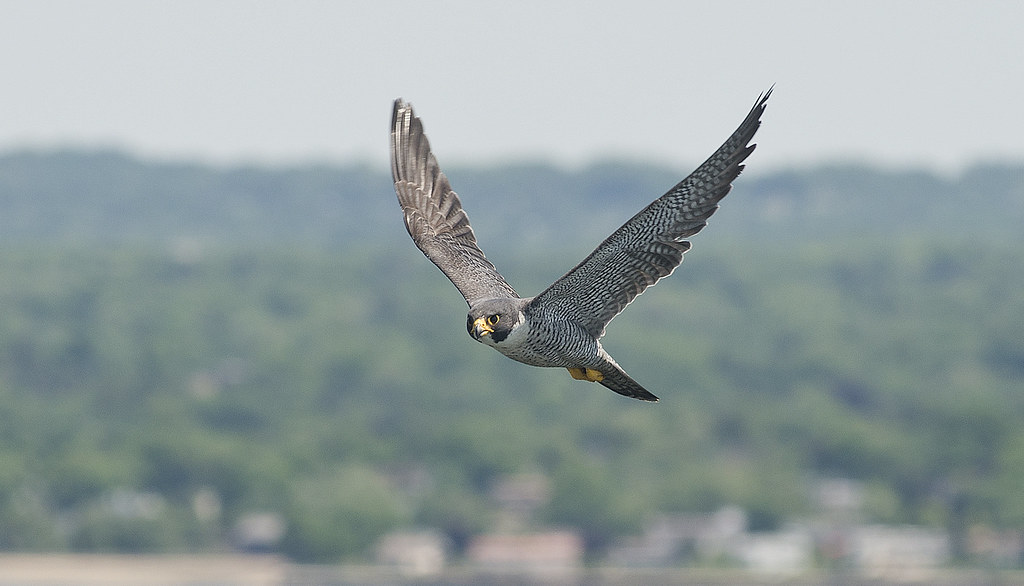
Across the ancient world, hawks and falcons frequently represented solar deities and divine messengers due to their high flight and spectacular hunting dives. In Ancient Egypt, Horus—one of the most important deities—was depicted with a falcon head, embodying royal power and the sun itself. For the Maya, a hawk flying directly overhead was considered a message from ancestors or gods requiring immediate interpretation. Plains Native American traditions often viewed hawks as protectors and messengers, with their feathers used in sacred items intended to connect with spiritual realms. The hawk’s exceptional vision—able to spot prey from remarkable distances—metaphorically represented foresight and spiritual perception in many symbolic systems. Their hunting prowess, combined with their position between earth and sky, naturally suggested a creature capable of delivering messages between human and divine realms.
Hummingbirds: Joy and Resurrection
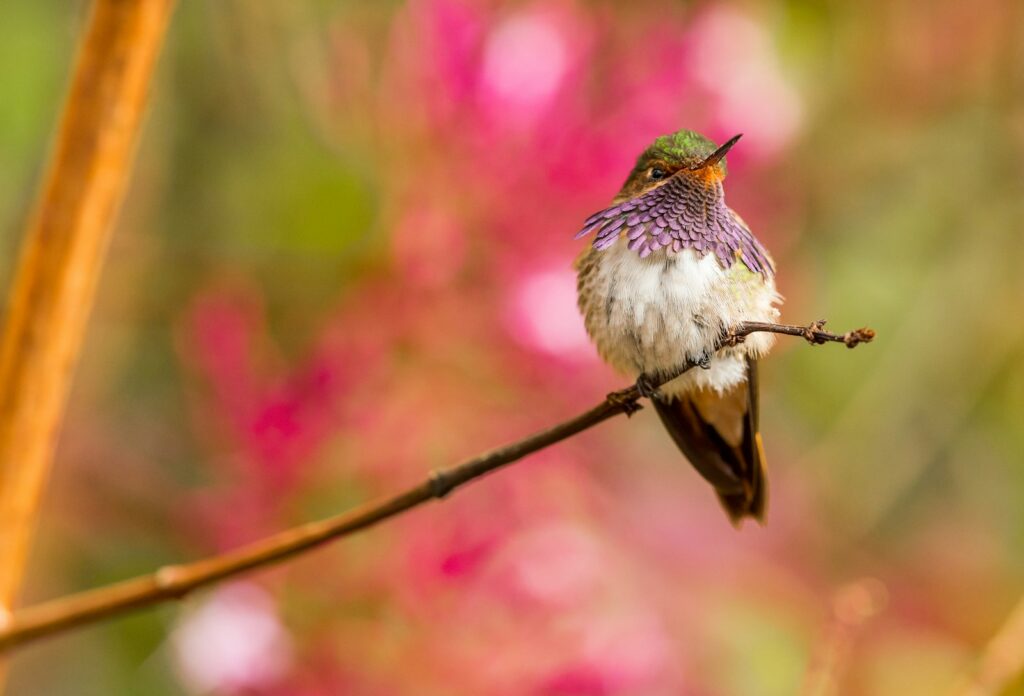
The tiny, iridescent hummingbird carries powerful symbolic significance in the Americas, where these birds are native. Aztec warriors believed fallen comrades transformed into hummingbirds, their spirits continuing to move between worlds with the same impossible speed and agility these birds display. In various Native American traditions, hummingbirds represent joy, healing, and good luck, sometimes believed to carry wishes to the spirit world. The Cherokee have a legend that a hummingbird brought back tobacco from the first world, displaying the bird’s role as a boundary-crosser between realms. The hummingbird’s remarkable flying abilities—hovering, flying backward, and beating their wings dozens of times per second—created a natural association with magical abilities and transcendence of normal limitations. Their vibrant colors and seasonal migrations also contributed to their status as messengers of joy and renewal in many Indigenous American spiritual traditions.
The Science Behind Bird Omens
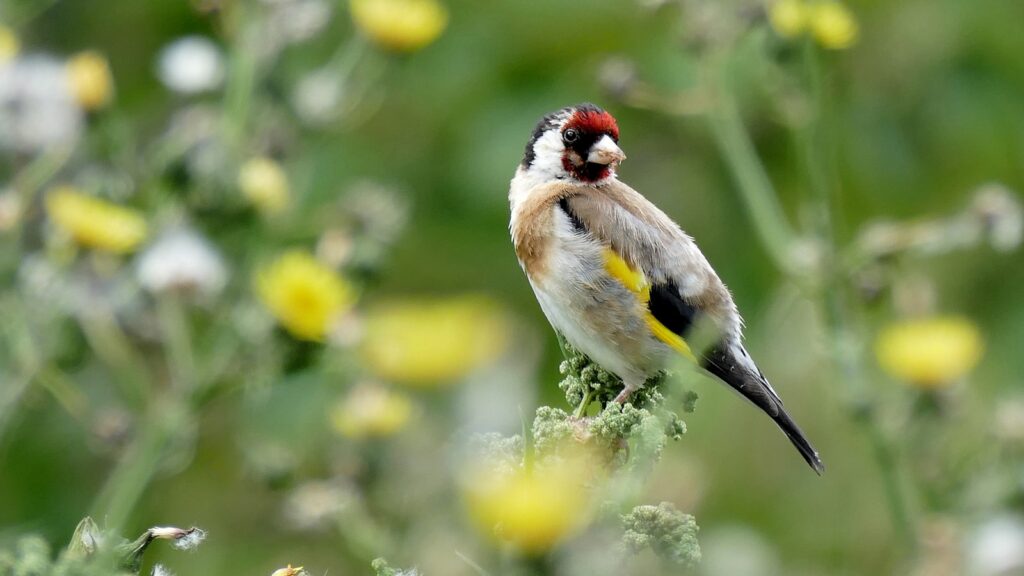
Modern understanding of bird behavior offers fascinating insights into why certain species became associated with specific omens. Many birds possess remarkable sensitivity to barometric pressure changes, allowing them to detect approaching storms well before humans can sense these changes. Corvids demonstrate problem-solving intelligence that sometimes appears uncannily human-like, potentially explaining why cultures worldwide attribute special knowledge to these birds. Migratory species follow celestial navigation and magnetic fields, arriving and departing with such remarkable precision that pre-scientific cultures understandably attributed supernatural awareness to their movements. Birds’ ability to thrive in multiple habitats—land, water, and air—naturally suggests creatures capable of moving between worlds in spiritual terms. Rather than dismissing traditional bird omens as mere superstition, contemporary ethnobiology recognizes them as sophisticated observation systems that noted real patterns in avian behavior and interpreted them through cultural frameworks that emphasized meaningful interconnection between human and natural worlds.
Modern Interpretations and Persistent Beliefs

Despite our scientific understanding of ornithology, bird omens maintain remarkable cultural persistence in contemporary societies. Many people still experience an instinctive chill upon seeing a crow land nearby or hearing an owl call at night, reflecting the deep evolutionary imprint these associations have left on human psychology. Urban legends about birds flying into windows signifying death continue to circulate widely, while white doves and eagles remain powerful positive symbols in secular ceremonies and national iconography. Birdwatching enthusiasts often report feelings of special significance or a personal message when encountering rare or unexpected species. The psychological concept of apophenia—finding meaningful patterns in random information—partly explains this persistence, yet the cross-cultural similarities in avian symbolism suggest something more fundamental in how humans relate to these creatures. Birds continue to occupy a liminal space in human consciousness, simultaneously understood through the scientific lens while retaining their ancient symbolic power as messengers between worlds.
Conclusion
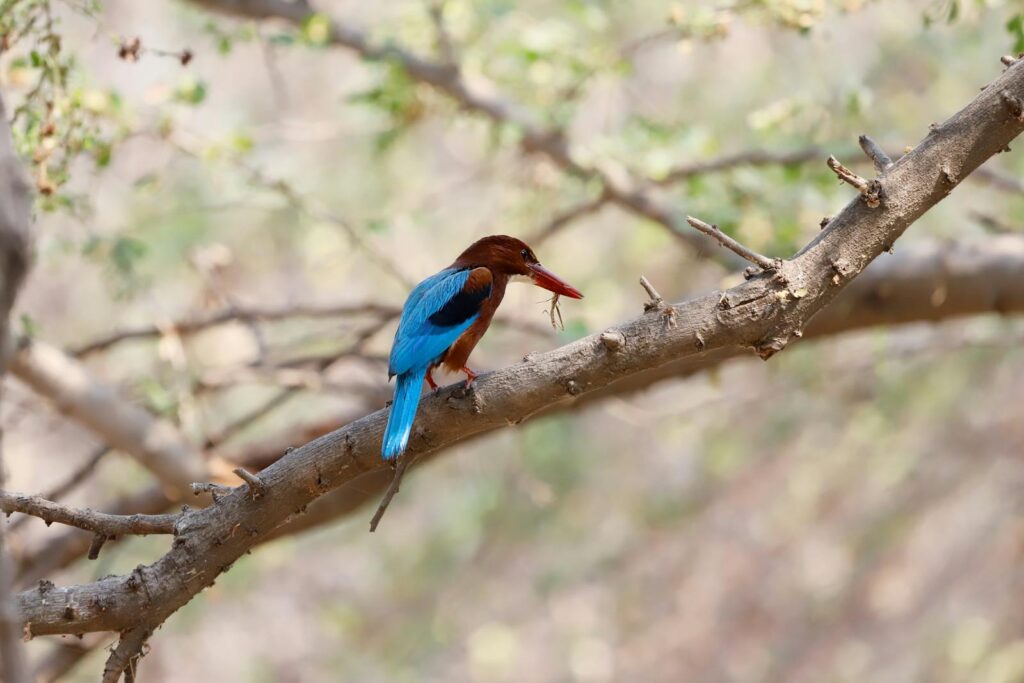
Birds’ unique characteristics—flight, distinctive calls, migratory patterns, and varying behaviors—have established them as perfect symbolic vessels across human cultures. Their position between earth and sky has made them natural messengers in countless spiritual traditions, while their behaviors have been interpreted as meaningful signs for human affairs. Whether as harbingers of death like the crow, messengers of peace like the dove, or symbols of wisdom like certain owls, birds continue to occupy a special place in human symbolic thinking. Despite our scientific understanding of ornithology, these ancient associations persist, demonstrating the enduring power of avian omens in human consciousness. Perhaps this speaks to our innate desire to find meaning in the natural world and to believe that the universe communicates with us through its creatures—particularly those that so gracefully transcend the earthbound limitations we cannot overcome without technology. In watching birds and interpreting their movements, humanity continues an ancient dialogue with nature that bridges scientific observation and spiritual significance.
